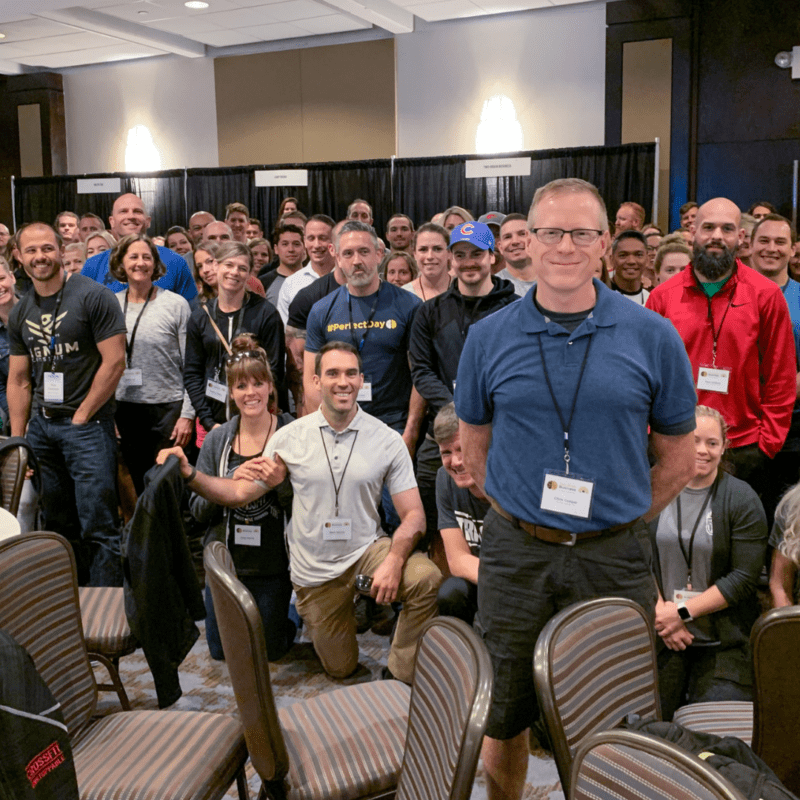by Ken Andrukow, Two-Brain Mentor [Editor’s Pun-meter: “ARM” is our acronym for “Average Revenue per Member.”] My career as a coach and gym owner started because I was successful at developing long-term relationships. The simple definition of relationship is “the way in which two or more people, groups, countries, etc., talk to, behave toward, and deal with each other.” I have successfully created several companies over the course of my career, and in each case, relationships were the reason for my success. In the mid 1990s, I ran a successful private equity fund. I traveled 300 days per year. I managed investments in 100 companies, a staff of 40 and other peoples’ money. None of this would have been possible without being good at developing strong, long-lasting relationships. When the the time came to divest the fund, I was left with a question: “What do I do next?” I reflected on the question that many of my colleagues asked me: “How do you stay in shape and live a balanced life?” Over the years they saw me train hard in the gym, eat healthy, and take care of those around me. It clearly left an impression. It also was proof to them that I was able to maintain balance when they could not. I wanted to stay connected to those that I worked with but didn’t want to continue in the finance field. I had already been doing CrossFit for a couple of years and now wanted to help my colleagues find life balance. I started taking clients as a coach. They were all people with whom I had formed lasting relationships over my previous career. They trusted me because they saw me living the lifestyle they wanted. If I had approached them without knowing them, they likely wouldn’t have signed up. These were guys who were traveling constantly; highly stressed; high-performing; and able to afford the serviceI was proposing. I would design a workout regime and a nutrition plan and have it all scheduled into ...
Read More →
